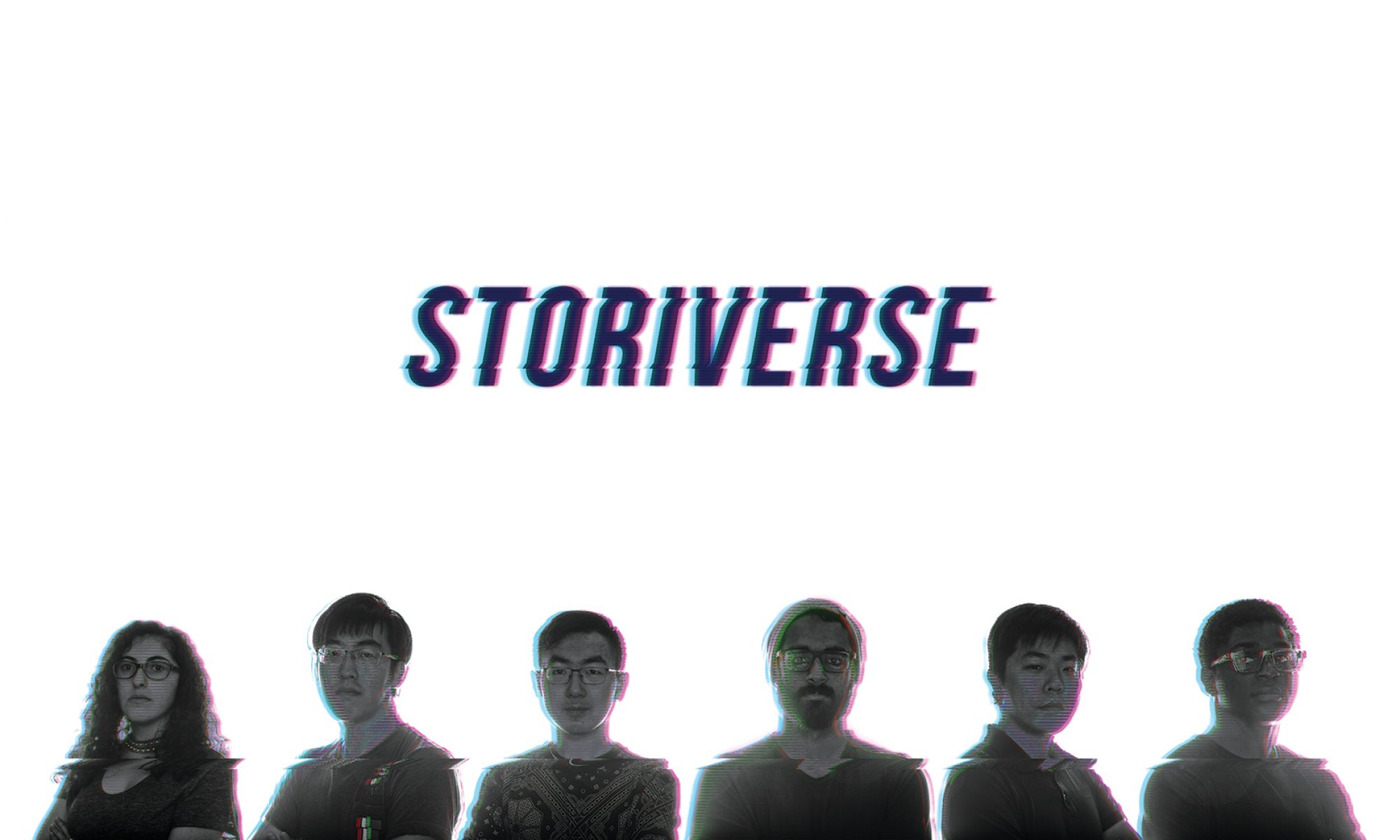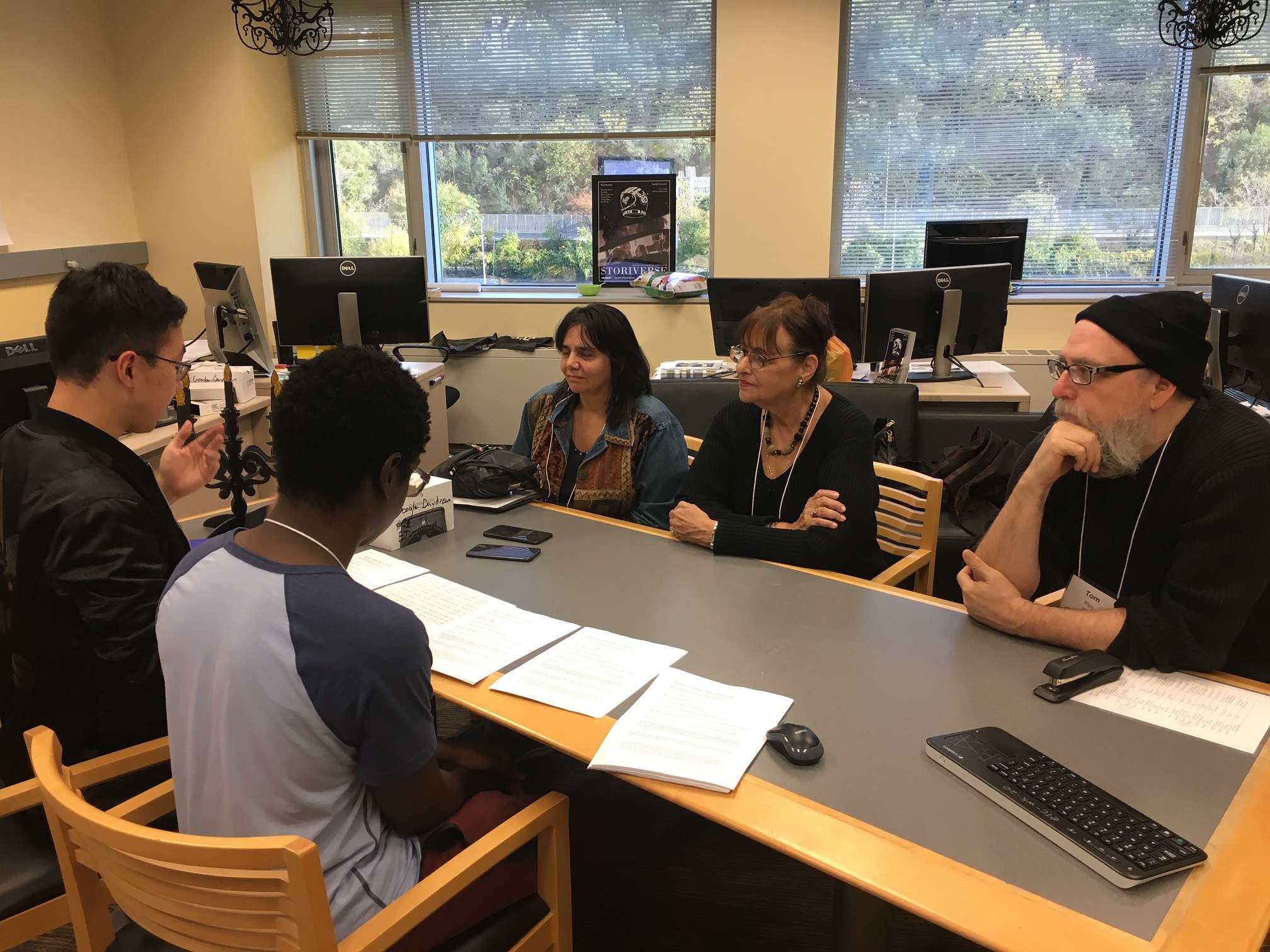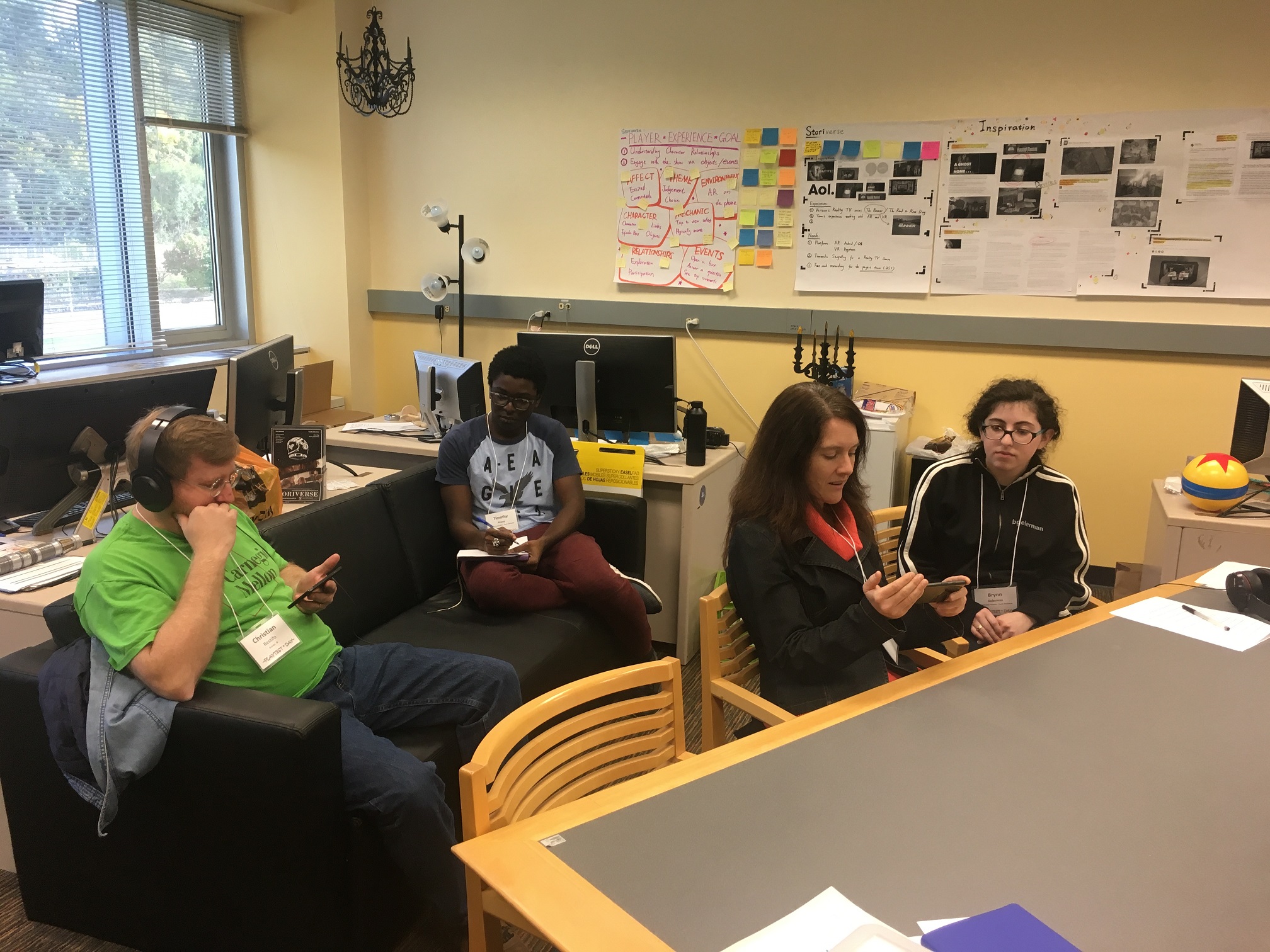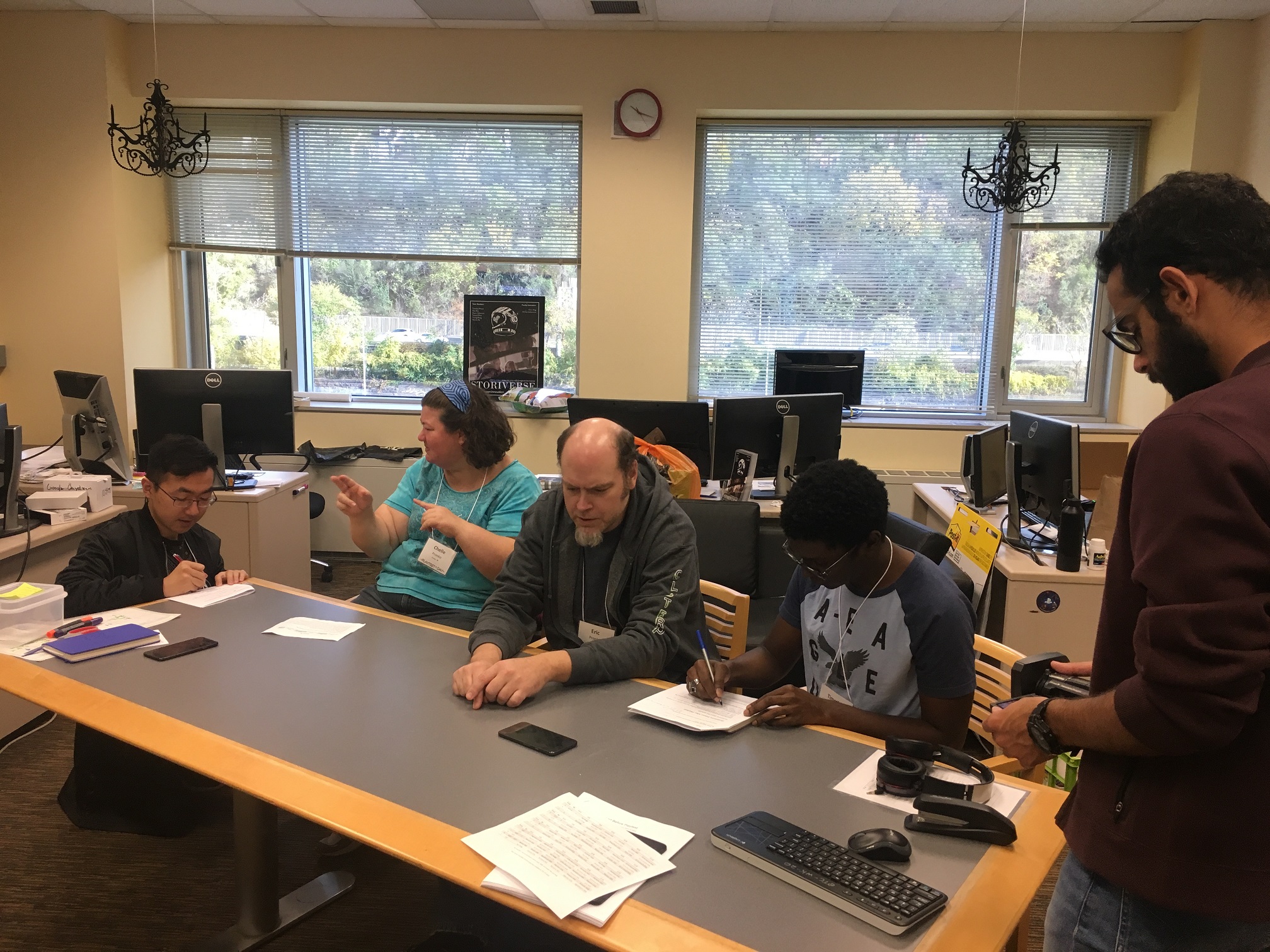Although we were not able to test with many people in our target audience on Playtest Day, we were able to learn many things which indicated to us that we needed to change our experience. For example, when we asked playtesters where they generally used their phones, we got a wide variety of answers, from bed, to public transportation. We wanted our experience to be available to users wherever they may be using their phones, but our current experience demanded that the user have access to a large, flat surface (where the interaction panel, episode box, and inventory box would be placed), and such a surface would not be available in many of the locations our playtesters use their phones. Therefore, we knew that we had to change the experience so that it would not have specific requirements for the attributes of the play space.
Additionally, we found that many users did not remember the objects to which we had attached questions. The example question we used – “The last time your SO got you a present, was it because you were mad?” – was attached to a rose, because it referenced a scene in which Peter bought Libby a rose after leaving her at the lunch table to go flirt with a waitress. This made sense to the project members, because we have watched the episode many times, so we remember exactly what happened in the episode. However, our playtesters – having only seen the episode once – did not make the connection, and felt that the rose was a random object. Therefore, we decided that we would have to detach the questions from the objects.
Finally, we saw while playtesting that the commenting feature was very clunky. A playtester would look at other users’ comments, and think they were supposed to tap the one that most closely reflected their views on the question. Additionally, playtesters did not see the point in adding their own comments. While playtesters seemed to engage with the question itself, we needed to find a way for the experience to respond to their answers, rather than asking them to clarify in a comment.
Thus, we decided to scrap the episode box, interaction panel, and inventory box, and build our experience based on the relationship map alone. We would still ask the users questions about what happened in the show, but instead of attaching those questions to objects, we would attach them to the relationship event to which the question referred. (For example, when a user looked at Peter and Libby’s relationship and clicked on the event where Libby reveals that she spied on him through Find My Phone, the user would be able to see a clip of the event – as originally designed in the relationship map – and would also be able to answer the question, “Is it ok to snoop on a partner you think is cheating?) Additionally, when the user answered a question, the app would respond by telling the user what their answer revealed about their values. (For example, if a user said “Yes” to the above question, the user values justice. If they said “No,” then they value integrity.) In this way, we sort of combine the relationship map with a personality quiz. No matter how the user answers any question, the corresponding personality value is always a positive one, so the user can always feel good about how they would handle the situations in which the characters find themselves.




